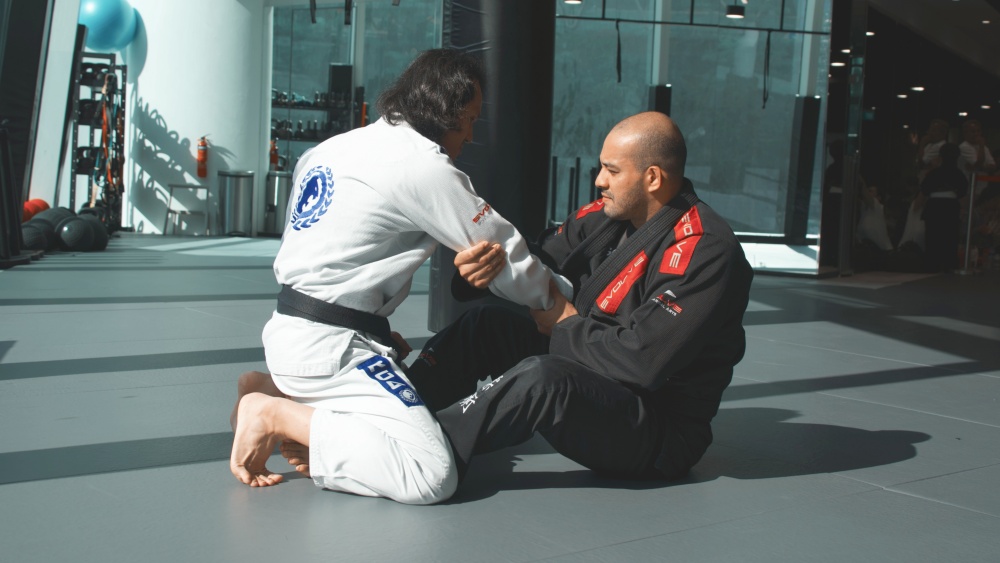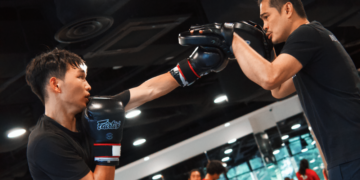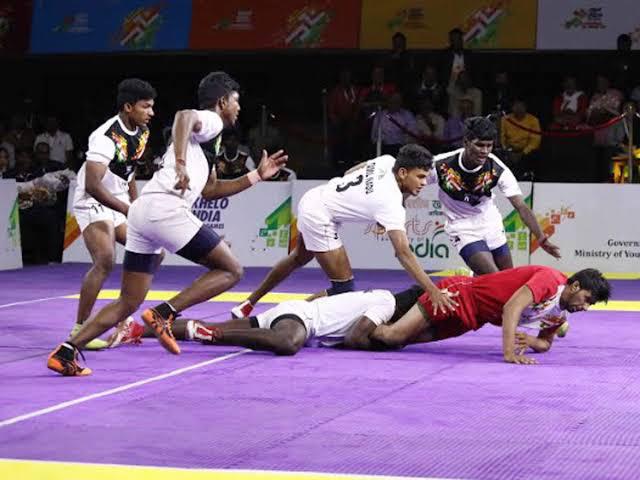
In Brazilian Jiu-Jitsu, some techniques are flashy and explosive. Others are quiet, almost unassuming, but absolutely brutal when done right. The arm drag falls into the second category.
At first glance, it doesn’t look like much. A simple pull across the body, often used in scrambles or warmups. But dig deeper, and you’ll find that the arm drag is one of the most versatile, high-percentage moves in all of grappling, used by world-class athletes in both Gi and No-Gi competition.
Whether you’re trying to take the back, enter into leg entanglements, or break your opponent’s posture, the arm drag opens doors. Here’s why it works, and how to make it part of your game.
What Is An Arm Drag?
At its core, an arm drag is really a redirect. Instead of fighting strength vs. strength, you pull your opponent’s arm across their centerline, exposing their back or off-balancing them. Think of it as a shortcut to dominant angles.
You’re not just pulling their arm, you’re pulling yourself into a better position.
Done well, the arm drag gives you:
- Immediate access to the back
- Inside control
- A path to off-balancing and sweeping
- Easy transitions into single legs, leg locks, or collar drags (in the gi)
It’s efficient. It’s quick. And it works from standing, seated guard, or even mid-scramble.
Why It’s So Effective
But the question is this: why is it so effective and efficient? Here are some reasons why:
- It Creates An Angle, Fast: Most attacks in BJJ require angles. The arm drag gives you one in a single beat. When your opponent’s arm crosses their body, they lose structure, and you gain leverage. It’s like opening a side door when the front door is locked.
- It’s Energy-Efficient: You don’t need to be stronger. In fact, arm drags reward timing over force. Once you understand the mechanics, grip, pull, and step, you can easily off-balance opponents who are much bigger or stronger.
- It Sets Up The Back, Every Time: One of the highest percentage positions in BJJ is the back control. The arm drag gives you direct access. Whether you’re dragging from standing or seated guard, you’re setting up a path to hook in and secure the back control, without having to force a pass or scramble blindly.
- It’s A Reaction Trap: Even if the drag fails, it often triggers a predictable reaction of your opponent pulling their arm back or overcommiting their base. That’s your cue to chain into another attack: think single leg, sumi gaeshi, or a quick ankle pick.
Where You’ll See It In Action
After discussing what an arm drag is and why is it so effective, let’s look at where we can see it in action.
From Seated Guard (Butterfly / Open Guard)
This is where most people first learn the drag. You grip the wrist and tricep, pull the arm across, and use your hips to slide in. The goal? Back exposure or to force your opponent to post, creating sweep opportunities.
From Standing
Common in wrestling, but deadly in BJJ. A clean drag from the feet opens up the rear body lock, trips, or a seamless back take.
In Scrambles Or Half Guard
When opponents post or reach, you can quickly switch grips and drag into an advantageous angle. Especially if they’re not expecting it.
Making It Part Of Your Game
Here’s how to start building it into your training:
- Drill It Slowly At First. Focus on mechanics: wrist grip, tricep control, pulling to your hip, and stepping in with your foot.
- Chain It. Don’t treat the arm drag as a one-and-done move. If the back isn’t available, be ready to transition into single legs or sweeps.
- Watch For Opportunities. Look for overreaching arms, stiff frames, or extended posts. Ultimately you need to time it perfectly to drag and go.
- Study The Best. Top athletes like Marcelo Garcia and Andre Galvao made careers off tight arm drags. Watch how they use minimal movement to get to dominant positions.
Final Thoughts
In a sport where control leads to victory, the arm drag is one of the cleanest, most direct ways to get there. It doesn’t rely on brute force or complex setups, just good timing, body positioning, and the ability to see the angle before your opponent does.
If you haven’t added the arm drag to your arsenal yet, it’s time. Because sometimes, all it takes to win the exchange is one simple pull in the right direction.
You may also like:
Beginners Guide To Training In No-Gi For BJJ
If you’re new to Brazilian Jiu-Jitsu and starting your training journey in Singapore, you may have heard of the two main styles of practice, Gi and No-Gi. Both are part of the same martial art,…
In Brazilian Jiu-Jitsu, everyone talks about sweeps and submissions from various guards. But here’s the thing, most people learn the hard way and none of that matters if you can’t keep your guard in the…
Wrestling is one of the oldest and most foundational forms of grappling in martial arts history. While most grapplers train primarily in either Brazilian Jiu-Jitsu or Wrestling , learning both can level up your game…
Let’s be honest. Everyone thinks aggression gets a bad rep. In day-to-day life, we’re told to stay calm, composed, and controlled. And that’s good advice for your job, at home with your family, maybe even…
In martial arts, you’ll often come across a wide range of terms used during training. But when you hear the word sparring, what comes to mind? It means stepping into the training space with another…
There’s a saying in grappling circles: “Whoever gets the underhook, gets the win.” It might sound dramatic, but spend enough time rolling, and you’ll start to realize it’s not far off. The underhook is one…
In recent years, martial arts have become more popular. More people are joining martial arts gyms to try these exciting sports. They do this for reasons like health, stress relief, and weight loss. Boxing has…
In Singapore’s growing fitness scene, more people are venturing beyond high-impact routines and exploring sustainable ways to stay fit. Whether you are an avid athlete or someone who is just starting out on your fitness…
You know that feeling, the one where you stare down the weighing scale, hoping the number’s budged, only to see the same stubborn digits again. You’ve cut carbs, done late-night treadmill guilt sessions, and even…
As we grow older, long hours at the desk and daily responsibilities can quietly take a toll on our bodies. A lack of movement often leads to stiff joints, persistent aches, and health issues linked…
Boxing has always been a global sport, attracting fans from all around the world, including the United States, the United Kingdom, Spain, and across Asia in countries like the Philippines and Singapore. From local gyms…
Over the past year, fitness communities around the world including in Singapore have seen a growing interest in something called ‘zone’ training. More people are moving away from traditional high-impact routines and turning to sustainable,…




































